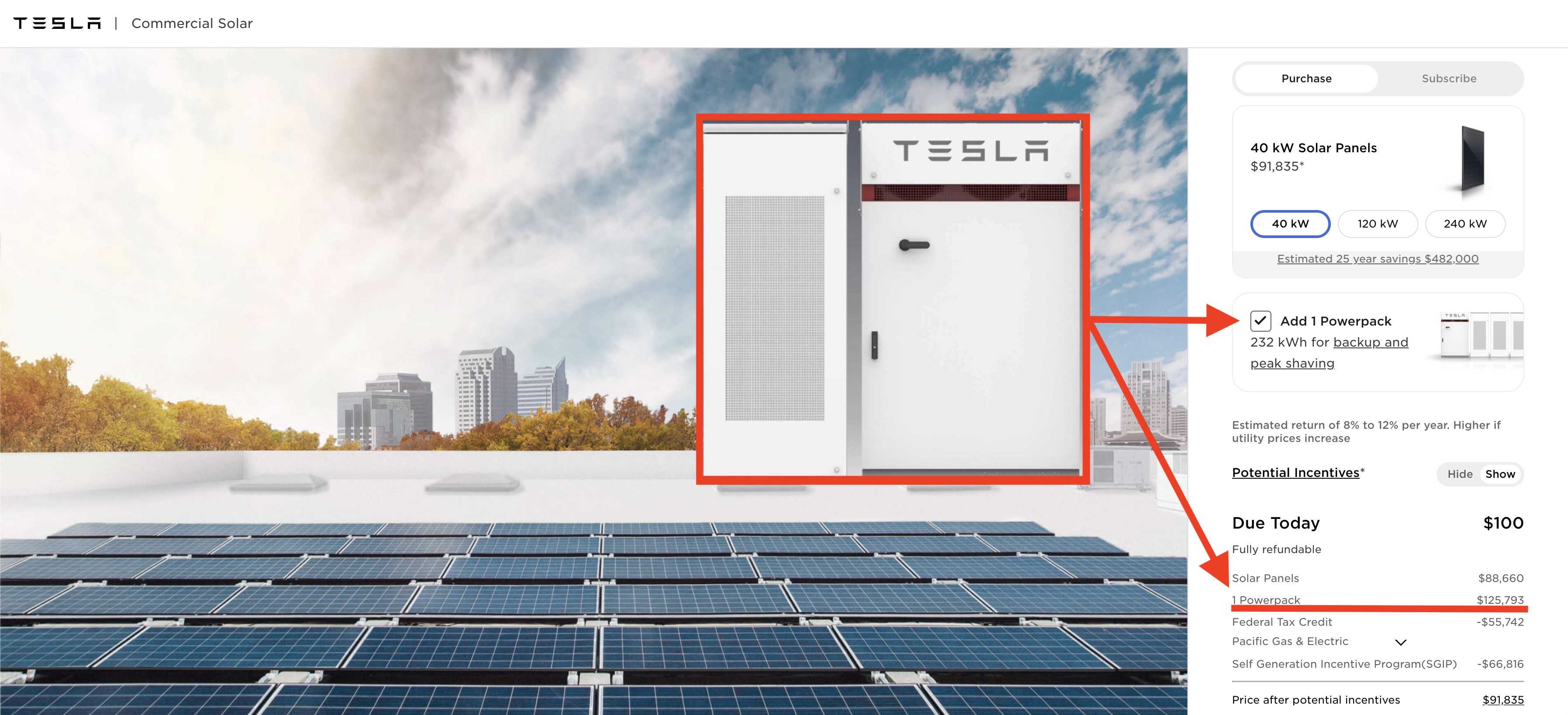NW-Bound said:The solar panels help, but are they enough?
I counted 12x24 solar panels for each of the 2 canopies. They look like the common-sized 320W panels. That's 12x24x2x320 = 184 kW. Good for supercharging 2 cars at 100 kW a piece in the midday sun, while there are 24 charging stalls.
But hey, in one of the photos, one of the canopies is completely shaded by a nearby building! Man, that's a bad location.
But let's suppose the panels were out in sunlight all day, if they built it out of town. Sunlight data from nrel.gov says that in Las Vegas, these nearly flat-mounted panels will produce as much as 34,600 kWh in the month of June, and as low as 11,700 kWh in the month of December. It could have been higher in December, if the panels were tilted up to match the low sun angle, but you can do that only with a solar farm, not a shade canopy.
If each refueling EV sucks up to fill, say 50% of its 70kWh battery, then these panels could serve only 11 cars per day in December. In June, 33 cars per day.
Yet, Tesla claims to be able to serve 1,500 cars per day with this V3 station. Where's the juice coming from?
I think the key here is the battery storage to smooth out power grid demand - not the solar. I didn’t claim and the article didn’t suggest anything about solar powering the super chargers - not sure where you got that impression.
This is the same plan for California as a whole - planning on battery storage. It sounds like the fires are often cause by overloading lines that get hot and start to hang down low causing fires. If they balance those loads with battery storage, maybe that won’t be an issue?
Plenty of opportunity to add solar power to the grid. Also want to note Tesla powerwall advertises 90% efficiency round trip so let’s not keep using the 80% numbers.
Tesla said car to grid won’t happen. Best solution is lower cost iron batteries - not connected EV.

